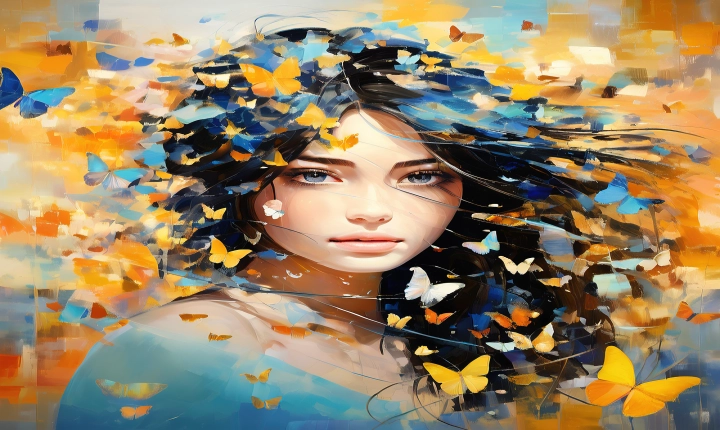Title: Exploring the Fascinating World of AI-Generated Images
In recent years, artificial intelligence (AI) has made remarkable strides in various fields, including the creation of visual content. One of the most intriguing developments in this realm is the generation of images using AI. The ability of AI to create diverse and captivating visuals has not only transformed the way we understand art and design but has also opened new avenues for creative expression and innovation. In this article, we will explore the fascinating world of AI-generated images, understand the underlying technology, and discuss the potential implications of this emerging trend.
The concept of generating images using AI involves the use of advanced algorithms, known as Generative Adversarial Networks (GANs), to create realistic and visually appealing content. GANs are a type of neural network architecture that consists of two main components: a generator and a discriminator. The generator is responsible for creating images, while the discriminator evaluates the generated images and provides feedback to the generator, enabling it to improve its output over time.
One of the most significant benefits of AI-generated images is their ability to produce unique and diverse visuals. AI algorithms can analyze vast amounts of data and learn from patterns and styles, allowing them to generate images that are distinct and innovative. Furthermore, AI-generated images can be tailored to meet specific design criteria, such as color schemes, shapes, and textures, making them a valuable tool for creative professionals and artists.
Another important aspect of AI-generated images is their potential to streamline the design process and enhance productivity. By leveraging AI algorithms, designers and artists can quickly generate a wide range of visual concepts and ideas, saving time and effort in the initial stages of a project. This not only accelerates the creative process but also encourages experimentation and exploration, ultimately leading to more innovative and dynamic designs.
Additionally, AI-generated images hold promise in the realm of personalization and customization. These images can be tailored to individual preferences, allowing for the creation of personalized artworks, illustrations, and designs. This has significant implications for various industries, including marketing, e-commerce, and digital content creation, as it enables companies to deliver more engaging and relevant visual content to their audiences.
However, as with any emerging technology, the use of AI-generated images also raises important considerations related to ethics, copyright, and authenticity. The potential misuse of AI-generated content, such as the creation of deepfakes or the infringement of intellectual property rights, presents significant challenges that need to be addressed. Moreover, ensuring the authenticity and integrity of AI-generated images is crucial, especially in contexts where trust and credibility are paramount.
In conclusion, the emergence of AI-generated images represents a transformative development in the fields of art, design, and technology. The ability of AI algorithms to create compelling and diverse visuals is reshaping the way we approach creative expression and visual storytelling. As this technology continues to evolve, it is essential to consider the implications and challenges associated with AI-generated images while also recognizing their potential to inspire innovation and creativity. By embracing the capabilities of AI, we can unlock new possibilities for visual communication and artistic exploration, leading to a more dynamic and immersive creative landscape.
